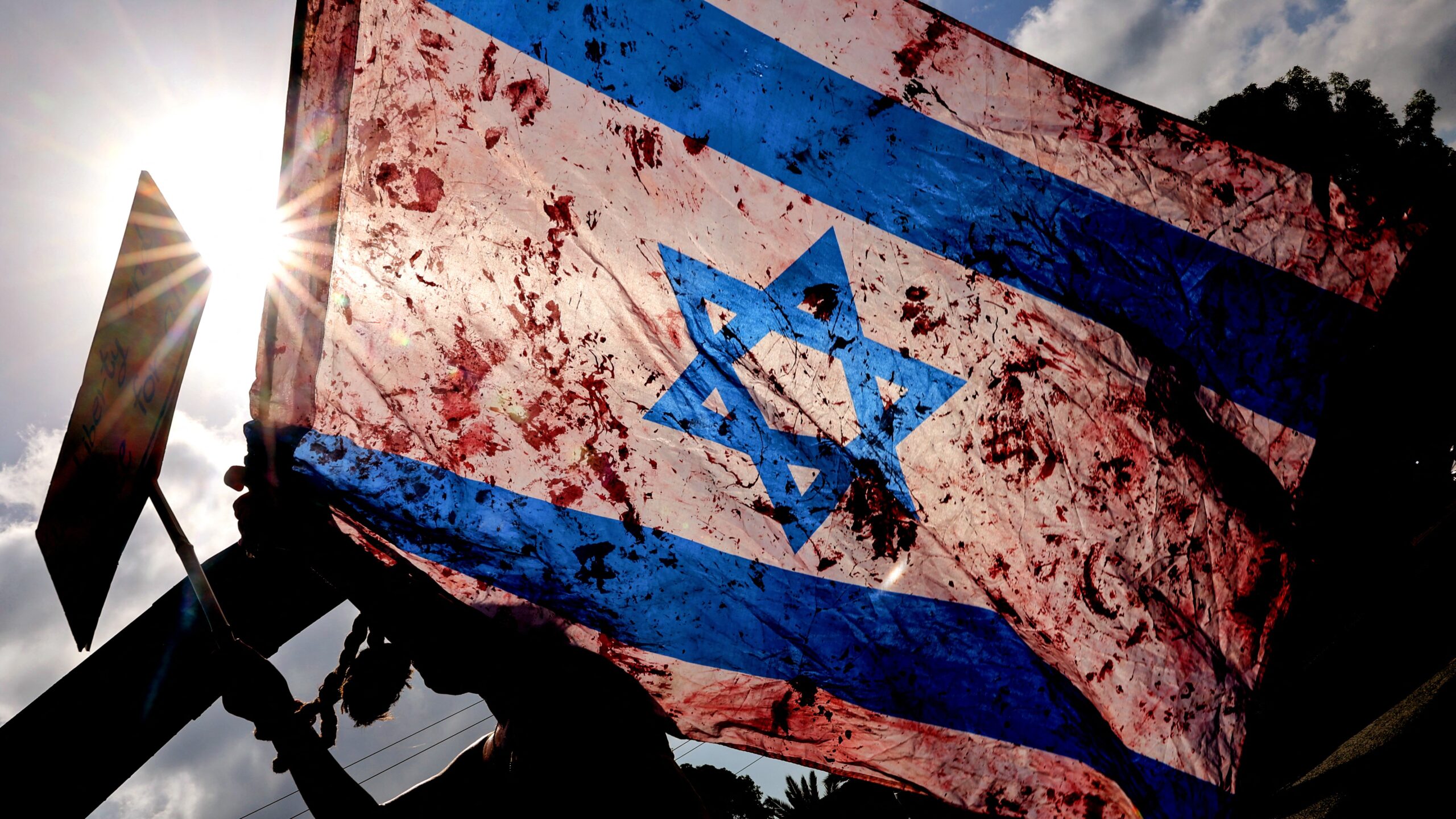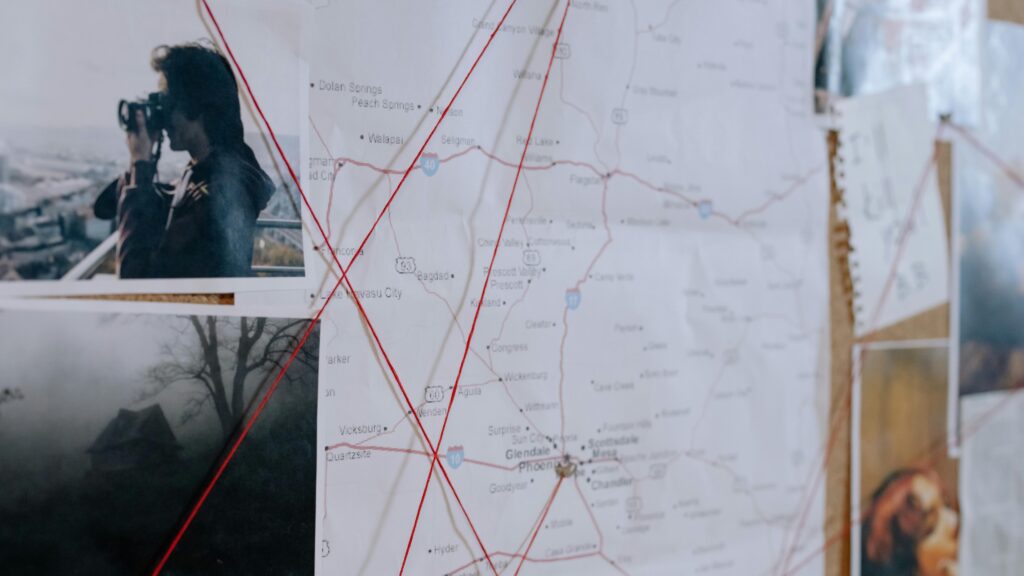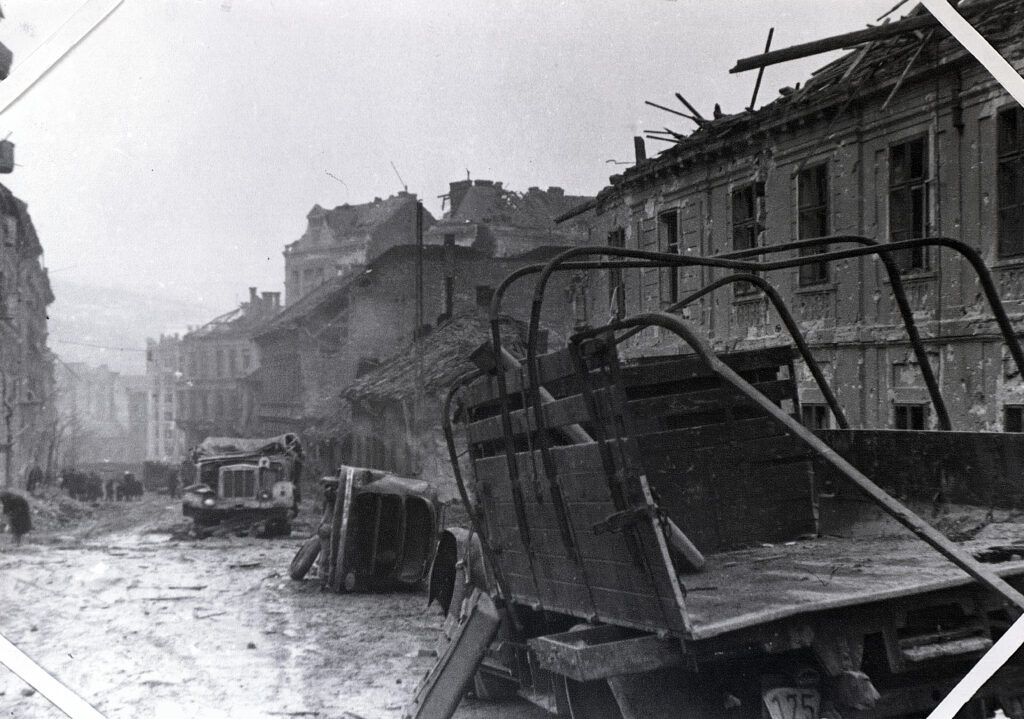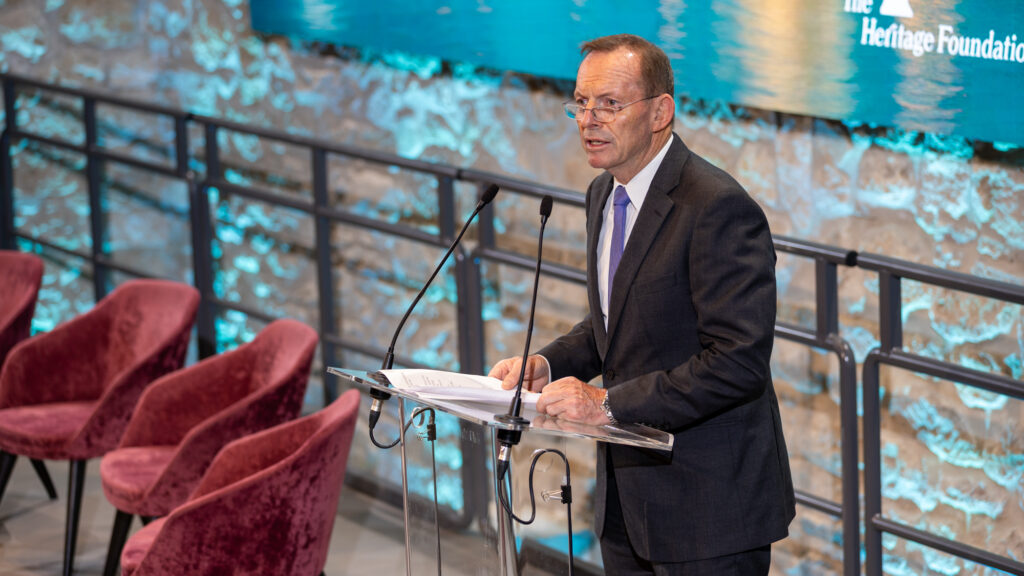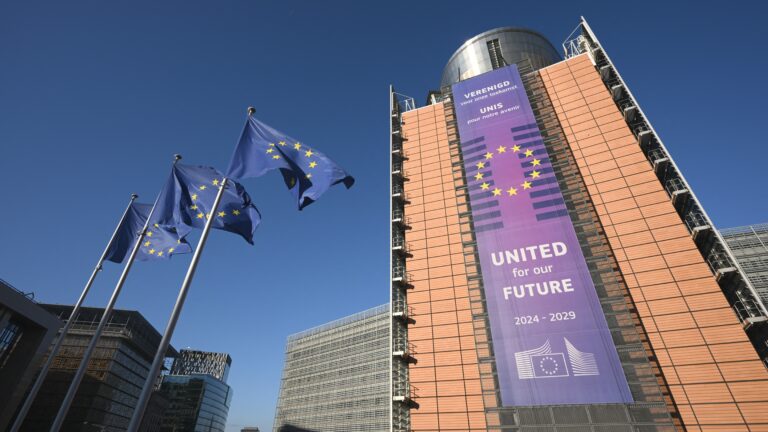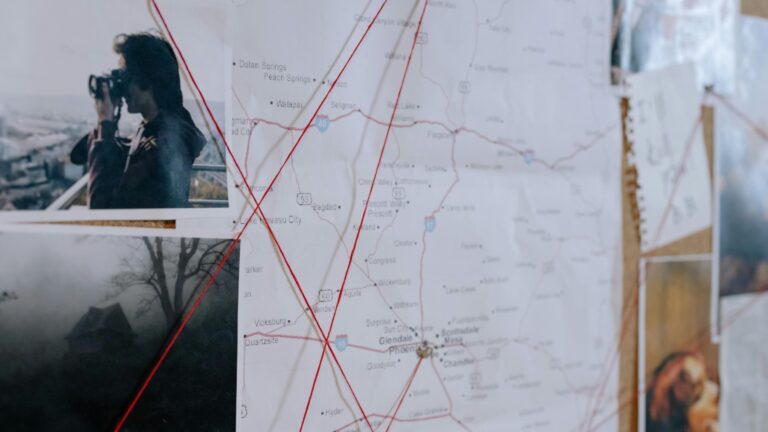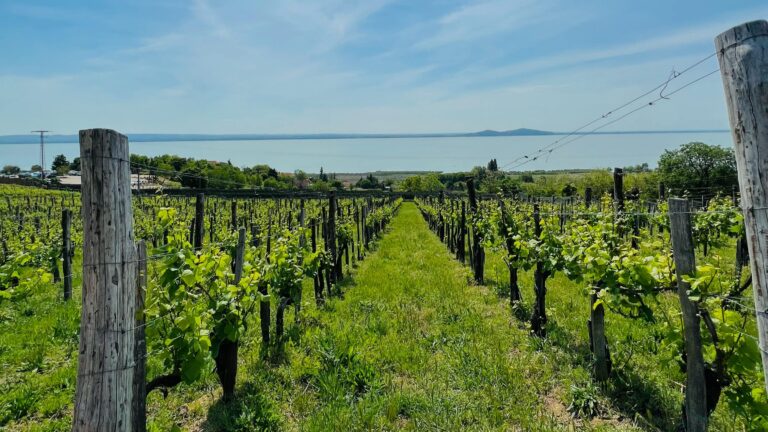Terror has a way of mixing in easily with the ordinary and the natural. The gas chambers of Auschwitz sat in a grove embraced by tall trees, with flowers growing around it. One contemporary picture shows a young Hungarian Jewish boy (perhaps not much older than my daughter) picking a flower, showing it to his siblings. Hours (or minutes) later they all suffocated in a gas chamber. Perhaps it is exactly this strange nature of genocide that allows it to happen with so little resistance and so little attention from the outside world.
After Auschwitz, the Western world made the pledge: never again. It is now a truism, of course, that this meant never again will the Germans murder Jews in Europe in 1944. Nevertheless, the world watched on and shrugged as the Rwandan and the Bosnian genocides happened. What will 2003 be remembered for? Most people my age will probably recall that the third Lord of the Rings movie was released. Not many will remember that in February that year, the Darfur genocide started, resulting in the massacre of 200,000 Darfuri men, women and children in two years. A Hungarian Jew from Debrecen described how, from the ghetto, they could hear the music and the people dancing in nearby bars. How many more times will we turn a blind eye to genocide?
Southern Israel is also beautiful. One can understand why the spies Caleb and Joshua returned from the Promised Land saying that the land is not only good, but ‘very, very good’ (tov meod meod). In fact, Israeli pensioners Bilha and Yakovi Inon told Haaretz six months before 7 October that their moshav, Netiv Ha’asara was ‘heaven on earth, when it’s quiet’. Then they burned to death in their little wooden cottage during the Hamas attack. Even after eleven months of war, the moshav is peaceful and the visitor is only occasionally disturbed by the distant booms coming from the adjacent Gaza strip. Most of the attacked homes have been repaired, the playground is clean and tidy, and the houses are flying Israeli flags—and yellow flags, reminding us of the hostages still held by Hamas.
This September I took part in a conference organized by the Danube Institute and the Israel Defense and Security Forum (IDSF) called The October Effect. Our programme included a visit to the Gaza envelope.
I remember us walking the streets of Netiv Ha’asara, while our gun-holding Israeli guides recount matter-of-factly which family was massacred in which house. The stifling heat of the desert climate is in stark contrast to the blood-chilling stories told in a casual way. Look at that house, one of our guides points out, the man who lived there here was a friend of mine, we always celebrated the holidays together. You see, here he was blown up as he was trying to protect his sons. The terrorist then followed the injured boys into the kitchen and drank their cola. The third sibling was murdered on Zikim beach. In the next house lives a man whose two sons died fighting on 7 October. One of them was without a gun, so he took a machete to fight. He was shot in the stomach and died a little while later. A little further ahead we can see a playground with two bomb shelters. It was in the empty spot next to the playground where one of the Hamas paragliders landed. An Israeli man died there in a gunfight with them. It’s obviously my imagination, but it’s like I can see the traces of struggle in the sand.
Our generation today is a weak European generation. My mother was born during the 1956 Hungarian revolution, and Soviet tanks were on our street when she was a newborn. But my generation doesn't even know how to hold a gun. My only consolation is that the situation is even worse in Western Europe. Not only do they not know how to hold a gun, they cannot even identify the threat posed by radical Islam. Meanwhile, we walk the streets of Netiv Ha'asara in the sweltering heat. Smiling Israeli moshav-dwellers drive past us in their cars, waving to our escorts. Despite the heat, the dog of a local Hungarian Jewish family accompanies us all the way. And I think of Vladimir Jabotinsky's words to Jewish youth: the first lesson is to learn to shoot. Nowadays his admonition could be addressed to all young Europeans.
‘Not only do they not know how to hold a gun, they cannot even identify the threat posed by radical Islam’
Mass immigration has changed the face of Europe. This is not to say that all immigrants are evil, but we would be blind to ignore the growing social, ethnic and religious tensions and security challenges that mass migration has brought to Europe in recent decades. As many have pointed out several times, one of the first victims of this is European Jewry. In 2020, the French government stated that an estimated 30,000–50,000 French Salafists have ties to approximately 140 Salafi mosques in the country. Not all Salafists are terrorists, but many of them are. In 2019 Hezbollah had more than a thousand members in Germany alone. According to an article from last year, the German domestic intelligence agency estimates that about 450 people in Germany back Hamas. Some of them have been actively involved in plans to attack German Jews. The Iranian Revolutionary Guard even has a section dedicated to attacking Jews in the diaspora.
This is not only the case in Germany. European borders are wide open, and so extremist ideas spread uncontrollably. Even in a country with a strict migration policy like Hungary, supporters of terror can appear. It is a well-known fact that some of the members of the 2015 Paris attack were picked up in Budapest by their friends. According to a report published last October by the Hungarian secret service, migrants at the Hungarian border include members of Al-Qaeda, the Islamic State, Hamas, and the Taliban secret service. ‘Under and behind and inside everything this man took for granted, something horrible had been growing,’ Chuck Palahniuk wrote, and his lines are true for most liberals in Europe.
After Netiv Ha'asara, we visit Tekuma, where in an open field the hundreds of cars burned and damaged during the Hamas attack has been piled up to form a seemingly endless row of rust, ash and grief. On a plaque near the entrance, the faces of young Israelis stare back at us: they were put up by relatives, reminding Israelis and foreigners alike that for them, time stood still on that particular day in October. In the centre of the sandy area stands the word Yizkor, a common inscription from Holocaust memorials, meaning ‘you shall remember’. As someone points out: the piled-up cars look a bit like the piled-up shoes in Auschwitz. The comparisons do not end here. The bomb shelters at the Nova festival site—tiny, dark concrete holes—remind me of the gas chambers I saw in the death camp museum. In probably no other room since 1944 have so many Jews been killed in such a short time.
Around the festival's main stage, the desert winds blow peacefully and quietly through the trees, and the landscape is stunningly tranquil and beautiful. These fields and roads were hunting grounds for Hamas on 7 October. I can see bullet holes in the bark of the trees. The land was soaked deep in Jewish blood. Here everyone is silent. Apart from the footsteps of the people walking among the pictures of the victims and the whiffs of wind that blow the Israeli flags only the sound of the shofar can be heard, traditionally blown by Mizrachi Jews at funerals.
Back in Tekuma, we meet the father of one of the victims. Ben Shimoni, 31, rescued nine people from the festival before his car was turned into a sieve by Hamas’ bullets, with another Israeli in it. The father recalls his son's heroic acts with an almost unshaken face. Of course, the lunatic press of the Western world sees him only as the ‘Zionist occupier’. What will we learn from the suffering and sacrifice of Ben and countless others?
Jeff Ballabon, one of our tour participants, a media and public policy expert from the US, notes that ‘everywhere in the United States and much of Europe it is 6 October.’ Hamas leader Yahya Sinwar spent his prison years in Israel learning about Jewish history and the Holocaust. His behaviour reminds me of Adolf Eichmann, who prepared himself by studying Zionism for the time when he could deport European Jewry to the gas chambers instead of the Holy Land. Sinwar learned the lesson of the Holocaust—just a different one.
When will Europe learn?
Related articles:

